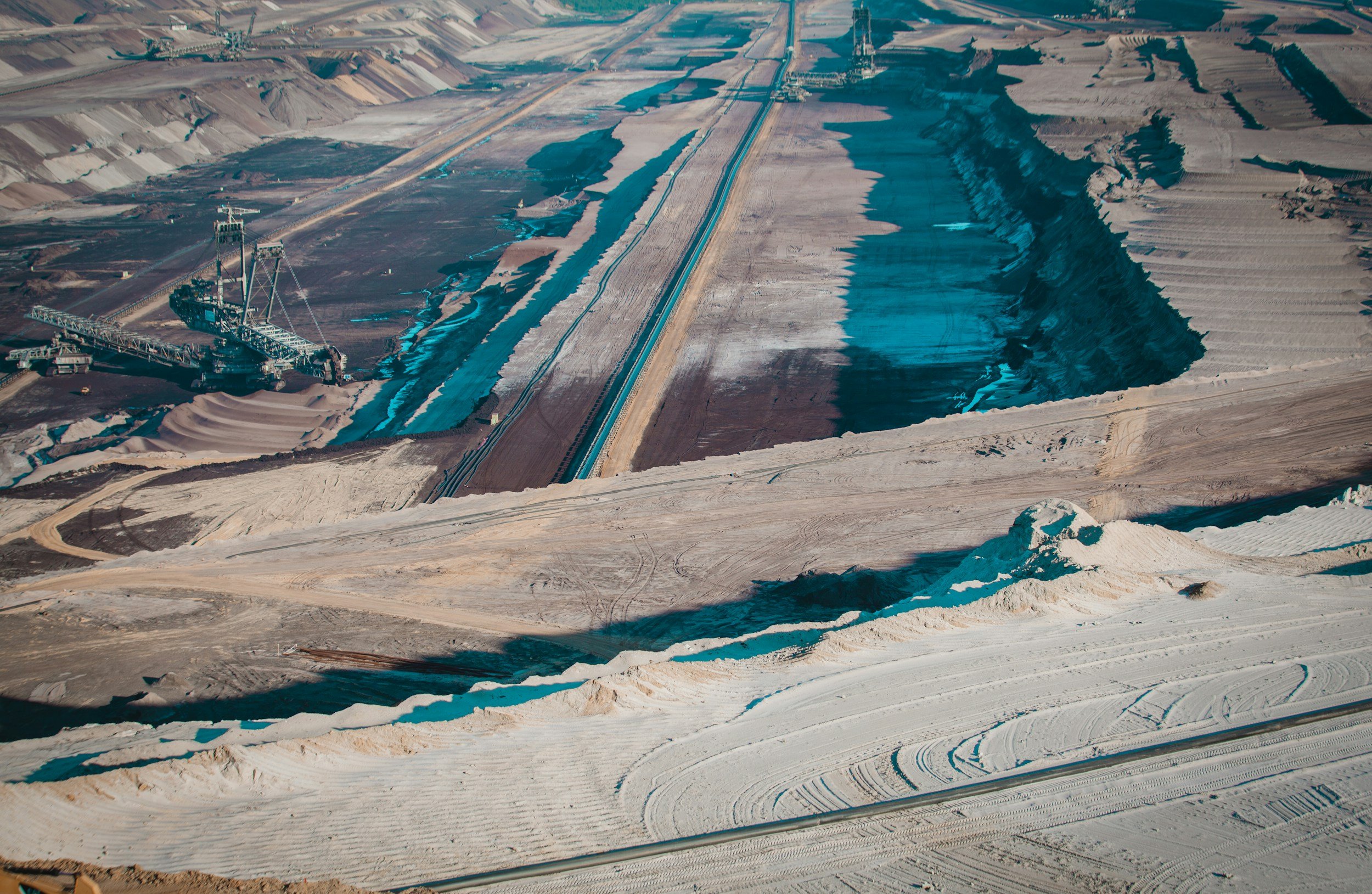The long-awaited Simandou iron ore project in Guinea is poised to shift the global dynamics of iron ore supply and maritime trade. With reserves exceeding two billion tonnes and exceptionally high iron content averaging 65–68% Fe, Simandou represents one of the world’s richest undeveloped iron ore deposits. Set to begin shipments in late 2025, the project could mark a structural turning point in both commodity markets and seaborne logistics.
Simandou’s ore grade stands out in the global market, offering a cleaner, more efficient input for steel production. This aligns with growing environmental imperatives in China, where steelmakers are under pressure to reduce emissions. The high purity of Simandou’s ore makes it particularly well-suited for electric arc furnaces, which emit less carbon than traditional steelmaking methods. As China increasingly shifts towards decarbonization and scrap recycling, the demand for high-grade ores is likely to intensify, giving Simandou a strategic advantage.
At full capacity, the project aims to produce 120 million tonnes annually—equivalent to around 6–10% of the global seaborne trade, depending on market dynamics. Though this volume is modest compared to Australia's dominant 900 million tonne annual exports, the emergence of Simandou introduces a credible competitor, especially as some Australian and Brazilian mines are near depletion.
The vast majority of Simandou’s output is expected to be directed to China, the world’s largest importer of iron ore. This is not only due to China’s steel production needs but also because Chinese companies control a significant share of the project. As a result, the project's impact will likely be felt most strongly on the traditional Brazil-to-China and Australia-to-China trade corridors.
Crucially, Simandou’s geographical position in West Africa introduces longer shipping distances to Asia, compared to Australia. This geographic factor has major implications for global freight market. A higher share of iron ore being transported from Guinea to China could significantly increase tonne-miles—a core measure of demand in the dry bulk shipping sector. Whereas voyages from Australia to China are relatively short, adding supply from Guinea shifts more volume onto longer, transcontinental routes, potentially tightening vessel availability and raising freight rates.
To support this logistical shift, Simandou’s development includes a major investment in infrastructure, notably a multi-hundredkilometer railway and a new export port. These facilities are designed to handle substantial throughput, not only for mining but also for general cargo and passengers, which could enhance Guinea’s overall connectivity.
However, political risk cannot be overlooked. Guinea’s military-led government has shown increasing assertiveness in managing its natural resources, cancelling exploration permits and engaging in disputes with foreign investors. This activist posture raises questions about the long-term stability of operations and whether production targets will be met without disruption. Nevertheless, assuming Simandou achieves its planned ramp-up within 30 months of initial production, the project could reshape market share among iron ore exporters.
In summary, Simandou is not just another mine; it represents a pivotal supply-side development with far-reaching effects. Its high-grade ore supports a global trend toward cleaner steel, while its location introduces a structural increase in tonne-mile demand. The combined influence on trade flows, freight markets, and competitive positioning among traditional exporters makes Simandou a project to watch closely in the years ahead.
Data Source: Intermodal
